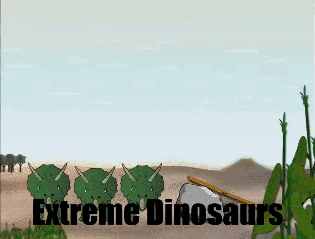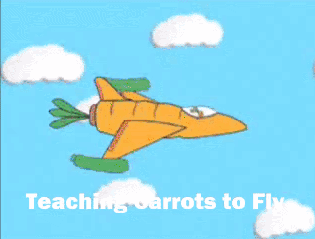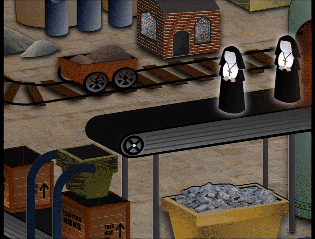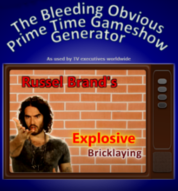"I believe the nation should commit itself to achieving the goal, before the decade is out, of landing a man on the moon, shaving it, and returning him safely to Earth."
President John F Kennedy
With those words, delivered to congress on the 25th May 1961, JFK launched one of the most ambitious and fantastical endeavours in human history, finally realising a dream that has been with us ever since ancient man first looked up at the night sky and wondered what the big glowing round thing was.
A big ball of cheese hanging in the sky
Our attitude towards our nearest neighbour in space may have differed from century to century, and from culture to culture - to many it has been an all-powerful deity to be worshipped and honoured, to others an unattainable paradise, to some a big ball of cheese hanging in the sky (although opinion is divided over whether anyone ever actually believed this) - but the one thing that unites us all is the desire to reach out and touch our mystical lunar cousin.
Science and technology have, of course, come on in leaps and bounds, and we are now able to dismiss all those old legends and myths and say for certain that the Moon is made out of asbestos and covered with a thick layer of coarse, wiry hair.
Arthur C Clarke, who knew a lot about this sort of stuff, quite correctly pointed out that if we ever wanted to colonise the Moon we would first have to embark upon an extensive campaign of deforestation. This was something that the early pioneers at NASA were not slow to realise when they first set about turning President Kennedy's promise into a reality.
The twin sciences of rocketry and shaving
Luckily the timing was just right. In the late fifties and early sixties, huge advances had been made in the twin sciences of rocketry and shaving, and those initial test runs with high-altitude razors were extremely encouraging. But of course, there are significant differences between trimming a moustache at twenty-thousand feet, and shaving a whole planet. Even if it is a relatively small one.
The most obvious distinction is a matter of scale. NASA technicians calculated that in order to complete the task they would need a razor blade over twelve hundred feet in length. This blade would need to be forged from steel strong enough shave the entire surface of the Moon without buckling, light enough to be carried into orbit aboard a conventional rocket, and sturdy enough to survive multiple meteorite strikes without shattering.
Initially, several such blades were planned, in case the first was unable to complete its mission without giving the Moon razor burn. But then astronomers revealed some good news, in the shape of a newly-discovered asteroid, which could be used as an emergency whetstone in case the space razor became blunted.
And so a launch date was set. The rocket was ready. The razor was ready. The eyes of the world were watching, but there was still one more problem to be overcome.
Fragrant
Whilst the space razor was being completed, a second team was struggling to come up with a suitable shaving foam delivery system. The foam was to be vital to the success of the project, as without it the razor ran the risk of becoming snagged on craters, or even snapping completely on some of the taller crags.
Several major brands of shaving foam had already been tried, but had been judged inadequate after being used to shave test patches in the Nevada desert. Eventually, technicians managed to find one that was up to the job: it was effective, cheap enough to produce in great quantities, and had a pleasant musky aroma which would leave the moon smelling fragrant and feeling refreshed.
They now faced the problem of how to deliver it to the target area. Primary experimentation investigated methods of firing it at the Moon from the surface of the Earth using giant, strategically-placed space cannons. This idea was rapidly abandoned, for two reasons.
Firstly, they couldn't guarantee the integrity of the 'foam stream' over such a long distance, and feared it would diffuse in the vacuum of space and end up coating other planets, such as Mars or Jupiter. There were also suggestions that some might spill onto the surface of the sun, resulting in widespread environmental damage, and ruining everybody's holidays.
Experimental test firing
Secondly, the unpredictability of weather conditions here on Earth could cause the foam to go astray. This possibility became a reality when sudden wind changes during an experimental test firing caused two hundred thousand gallons of shaving foam to drift over the North American city of Jamestown. The city was buried for three days before fire-fighters managed to get the foam under control. The tragedy left two hundred people seriously damp, and thirty more unaccounted for.
This event prompted engineers to consider an orbital delivery system. Work on a giant, three hundred metre tall deep space aerosol can was halted after it was realised that the idea was mental.
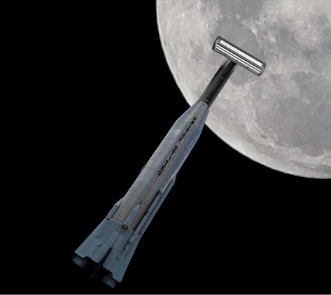
Instead, development began on a system of smaller satellites, which were designed to be manoeuvred into orbit around the Moon and programmed to deliver their payload at a given signal. This work, however, was both costly and time consuming, and caused considerable delay. Launch windows came and went whilst the space razor rusted in its hangar.
Panic
Meanwhile, someone else had designs on the Moon. The Russians had not been idle and in 1968 they launched their own test probe, which successfully used depilatory cream to remove hair from a three mile wide square on the dark side of the Moon.
The news caused panic at NASA, who realised that they could not afford to wait any longer. The space razor was clearly a non-starter, and so they had to fall back on their secondary plan - a manned mission to the Moon, by astronauts equipped with lawn mowers.
But what would be the best sort of mower to use on the lunar surface? Experts pondered over this question for weeks, and specialist astro-gardeners were brought in to consider all the options.
Electric mowers would require heavy fuel cells, which would take up valuable space in the lunar module. Using the old-fashioned, manual 'push-pull' sort of mower would solve that problem - and it would leave a nice stripy pattern on the Moon's surface - but it would perhaps be unreasonable to expect two men to shave the whole of the Moon using this method.
Keen gardeners
Eventually, a solution was decided upon and in 1969 Apollo 11, it's three man crew and two lawnmowers blasted off to the Moon. Neil Armstrong and Buzz Aldrin, both being keen gardeners, had been selected to go down onto the surface and do the mowing, whilst the other one who no one remembers would remain in orbit in the command capsule and let them know if they'd missed any bits.
That was the theory, anyhow.
There has been much discussion over the years about exactly what went wrong. No doubt, whoever was responsible for providing the astronauts with hover mowers believed that they would soon make short work of the task in hand, but in retrospect we can question the wisdom of sending equipment that works by floating on a cushion of air to a place with no atmosphere.
When the astronauts returned they were given a hero's welcome, but in fact their mission had been a failure.
Hirsute
Subsequent attempts to tackle our hirsute neighbour, carried out in the shadow of this defeat, fared little better. For the Apollo 12 mission, scythes were used to reduce a small area of the Oceanus Procellarum to stubble, but astronomers reported that it quickly grew back again.
For the Apollo 13 mission, NASA used a specially converted combine harvester, but an accident en route meant that they had to jettison the cab and drift back home in the bailer.

The remaining missions saw a shift away from cutting, and towards waxing, but the results were no more impressive. When the Apollo programme was finally discontinued there was a terrible atmosphere of defeat. Despite all the money and ingenuity that had been poured into the project, the Moon was still as hairy as it had ever been. NASA's efforts had been in vain, and all it had to show for itself was a bunch of rocks.
Apathy or derision
Since then, the whole notion of shaving the Moon has been more or less forgotten about. Ideas are occasionally put forward, but are usually met with apathy or derision. In the late eighties, for example, it was suggested that laser technology developed for the Strategic Defense Initiative could be used to burn bald patches on the surface of the Moon, but the scheme was rapidly dismissed as unfeasible.
And perhaps that's just as well. Perhaps it is better to leave the Moon as it is - hairy. After all that we've done to our own planet, perhaps it's better that we make sure that we've learnt from our mistakes before we go tampering with another.
Maybe at some point in the future, when we're more careful and more responsible, we will finally return to the Moon. Recently a Japanese electronics company has suggested that nanotechnology may provide the answer. Thousands of microscopic robots armed with tiny tweezers could pluck the Moon bare in a matter of weeks.
The technology is a long way off at the moment, but not so far that we can't see the possibilities. Who knows, maybe one day in the future our children's children may be the first to look up into the night sky and see a hairless Moon? Now that's something to think about, isn't it?

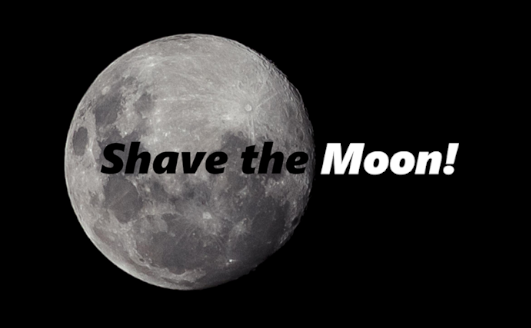
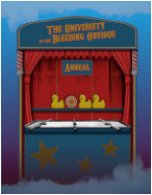
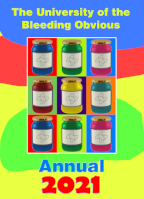
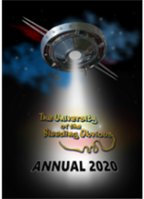
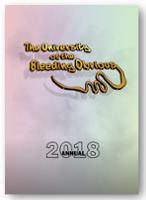


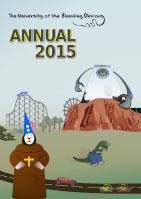


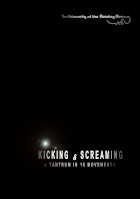
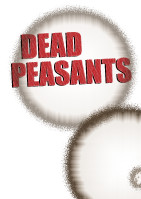
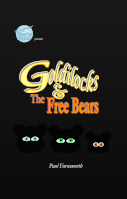
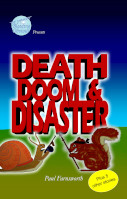






 Gary the Builder: Time Travel
Gary the Builder: Time Travel Dougal Fridgely
Dougal Fridgely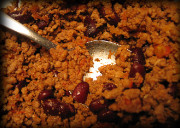 Recipe Corner
Recipe Corner Barker Harris
Barker Harris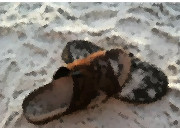 Sandals
Sandals Fire Distinguisher
Fire Distinguisher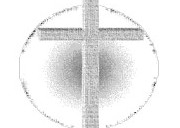 Songs of Inspiration and Devotion
Songs of Inspiration and Devotion Pretty Pictures
Pretty Pictures Pop-Up Royals
Pop-Up Royals Piffin: A Mediterranean Paradise
Piffin: A Mediterranean Paradise